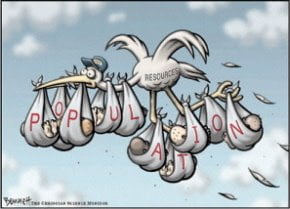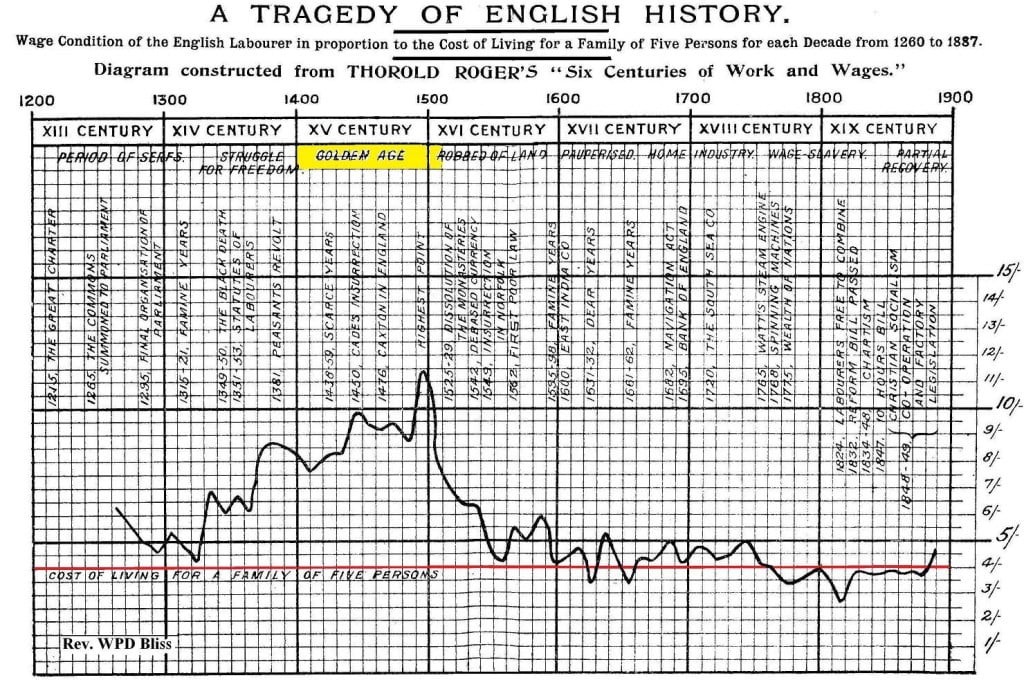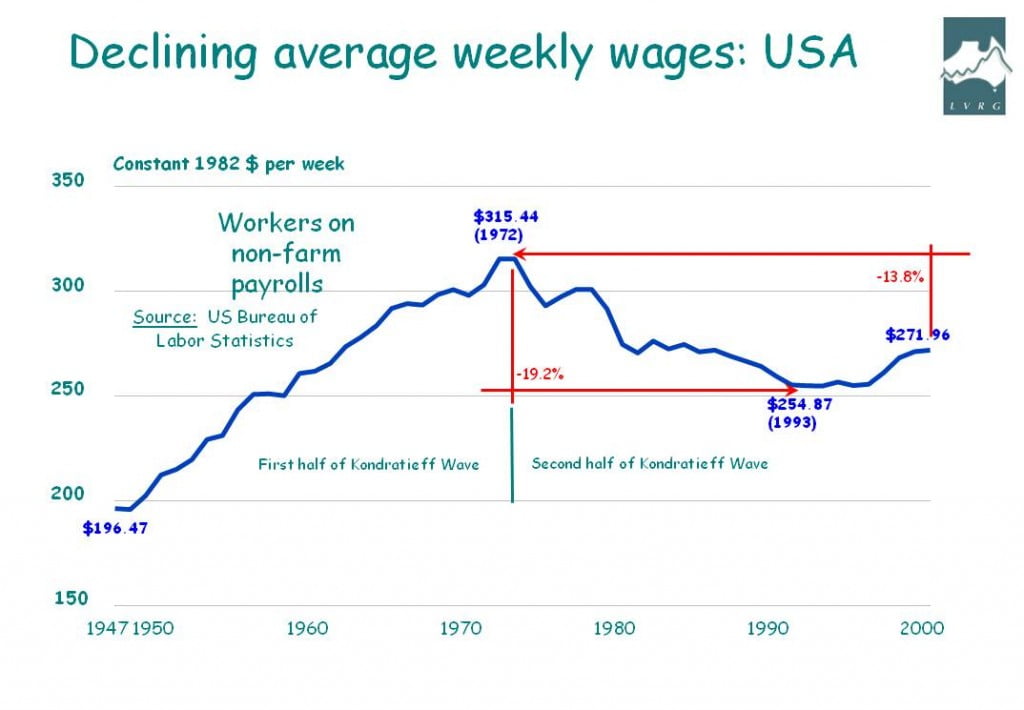

GRIFFITH AND RUDD
Sir Samuel Griffith (1845-1920), after whom Prime Minister Kevin Rudd’s federal electorate seat is named, would be turning in his grave over some of his acolyte’s recent shortcomings.
Rudd’s crazy “Indonesian Solution” to the plight of the 78 Tamil asylum seekers now refusing to budge from the Oceanic Voyager is in tatters, as it was always destined to be. Sir Samuel, an advocate of immigration, would at least have had the 78 Tamils processed within Australia; he was a practical decision-making politician, not a shirk. Kevin Rudd has left himself open not only to the guffaws of Liberal Opposition Leader, Malcolm Turnbull, but also those of the Australian public. How did the Prime Minister dream this one up? Was he ‘set up’ by the Indonesians?
Griffith’s keen mind had early discovered that investigation and forethought will always trump glibness.
Maybe he would also encourage his similarly Ipswich-educated protege to revisit his Elementary Property Law Bill of 1890, if the Prime Minister wishes to develop an effective population growth strategy to accommodate Treasury’s estimated 35 million population for Australia by 2050. But Griffith would cringe at Ken Henry suggesting (to a business lunch on 22 November) that Sydney and Melbourne’s populations would grow to about 7 million each in the next 40 years.
Sir Samuel’s Bill proposed a method for natural decentralisation of the population. A revenue system that, being based on land values and not upon what one earns, would charge regional cities and towns much less than capital cities, encouraging the flowering of the regions and arresting the drift towards Megapolis. (Our town planners, too, would be well advised to look to Sir Samuel here.)
Griffith undestood that taxing work and industry was literally counter-productive. Rudd, having yet to learn this lesson, has therefore also come up short on any practical response to the GFC. But he surely doesn’t want to miss out on any of the G20 shoulder-rubbing and back-slapping!
Right at this moment, Sir Samuel Griffith is undoubtedly marking down his tyro’s report card.













